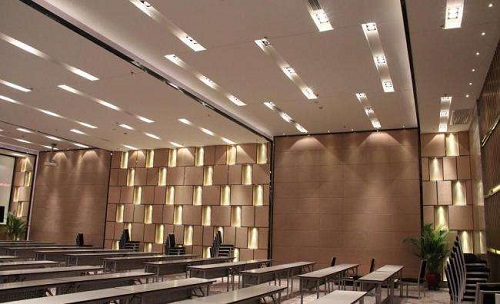
LightingEurope has published a whitepaper entitled “Serviceable luminaires in a circular economy” that explores how the lighting sector can contribute to and benefit from the so-called circular economy movement. Many LED-based lighting products today are not serviceable, although the potential to add some level of support for repair is certainly possible. And LightingEurope believes that the solid-state lighting (SSL) sector could benefit beyond the LED transition (sometimes called LEDification) currently underway, with the circular economy delivering added profits.
Interested in articles & announcements on policy and standards for the LED and lighting industry?
“We clearly see that the lighting industry, boosted by the fast transition towards LEDification, is moving in the direction of manufacturing circular products with extended lifetimes and additional capabilities compared to conventional products,” said Ourania Georgoutsakou, LightingEurope secretary general. Georgoutsakou stepped into the leadership position at LightingEurope earlier this year. LightingEurope is an organization that represents European lighting manufacturers, national lighting associations, and other parties in lobbying for policy matters that benefit the industry and in setting industry-wide, forward-looking market and technology roadmaps. For example, the organization has pushed the European lighting industry to accelerate the proliferation of human-centric lighting (HCL).
The new whitepaper examines potential growth opportunities and new business models that might benefit the lighting sector based on a transition to luminaires that can be repaired and upgraded. At the same time, the document points out potential issues in terms of safety and quality that must be mitigated in any movement to a broader industry focused on serviceability. LightingEurope has long touted the circular economy as a foundation above which opportunities in smart lighting or the Internet of Things (IoT), and later HCL could be realized.
The circular economy, as the nearby illustration defines, is based on concentric loops focused on servicing and refurbishing products, harvesting components in products that can be repaired, and ultimately recycling other materials in a way that those materials can re-enter the economy. The inner servicing and refurbishing loops would office the highest market value.
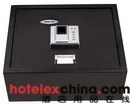
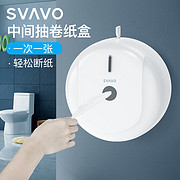
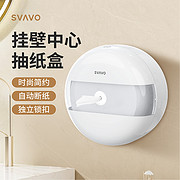
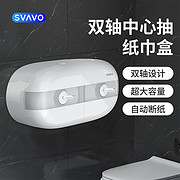


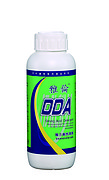
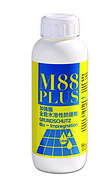


Service Hotline
Work Time:Mon-Fri 9:00-18:00
UTC+8

Sinoexpo Digital Platform
Copyright 2006-2024 Shanghai Sinoexpo Informa Markets International Exhibition Co., Ltd. All rights reserved
沪ICP备05034851号-77
 沪公网安备 31010402000543号
沪公网安备 31010402000543号